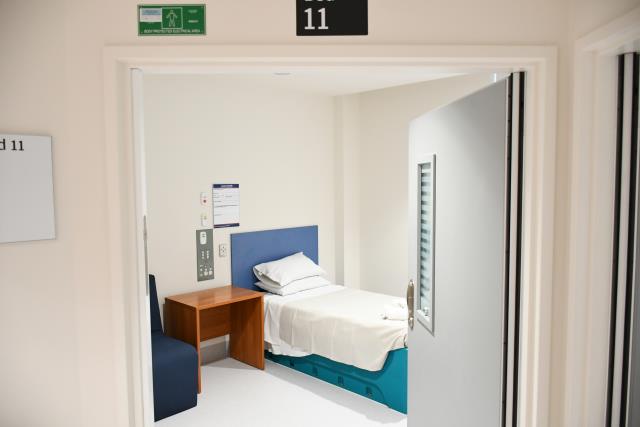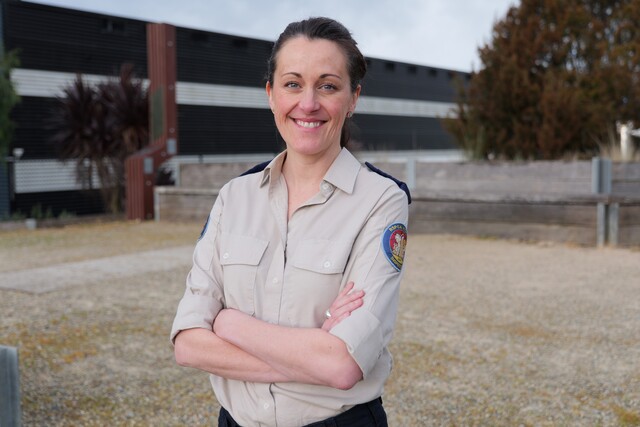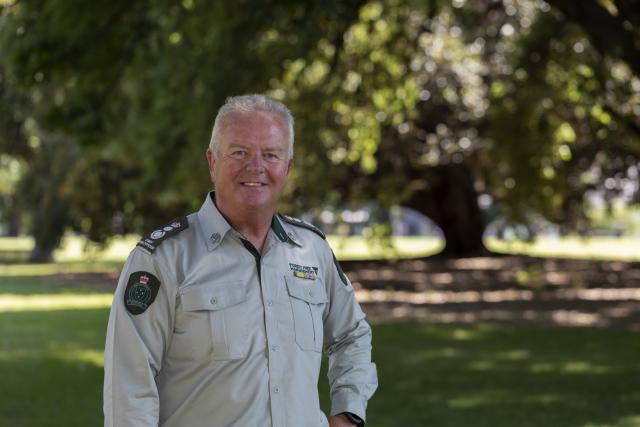Another month, another interest rate rise.
The RBA announced at its meeting on Tuesday 7 March an increase in the cash rate target by 25 basis points to 3.60 per cent, in a continued bid to fight inflation.
In a statement, RBA Governor Philip Lowe said global inflation remains high.
“Goods price inflation is expected to moderate over the months ahead due to both global developments and softer demand in Australia. Services price inflation remains high, with strong demand for some services over the summer,” he said.
“Rents are increasing at the fastest rate in some years, with vacancy rates low in many parts of the country. The central forecast is for inflation to decline this year and next, to be around 3 per cent in mid-2025.”
The cash rate represents the interest rate on unsecured overnight loans between banks and serves as the benchmark rate for mortgages, savings accounts and exchange rates.
Dr Isaac Gross, a lecturer at Monash Business School’s Department of Economics, said he believes the interest rate rises are achieving what the RBA set out to do.
“This will be the 10th increase in interest rates over the past year or so and the RBA also expects inflation to have peaked towards the end of 2022,” he said.
“It’s painful for households with a large mortgage, but I think it’s ultimately going to mean a lower rate of inflation, which means cheaper prices in the supermarket and shops around Australia.”
An Australian homeowner with a mortgage of $600,000 will now be paying over $13,000 more a year on their mortgage compared to a year ago, according to Finder.com.au.
Dr Gross, who also worked as an economist at the RBA from 2011 to 2013, said there are likely to be two more interest rate rises but “it’ll be data-dependent.”
“I think what they’ll really be waiting for is to see what happens in April when we get another round of inflation data,” he said.
“That will lay down a firm market, whether it’s two more and then stop or two more and then keep on going.”
In his statement, Governor Lowe said the labour market remains “very tight,” and unemployment remains at close to a 50-year low.
“In assessing when and how much further interest rates need to increase, the Board will be paying close attention to developments in the global economy, trends in household spending and the outlook for inflation and the labour market,” he said.
“The Board remains resolute in its determination to return inflation to target and will do what is necessary to achieve that.”
Dr Gross said he doesn’t think prices will fall in the near future, but they will begin to start to increase at a slower rate.
“It’s a long process, so there’ll be parts of the economy where you start to see prices fall just because the increases were so unbelievably crazy, things like building supplies that grew exponentially in 2022,” he said.
“Hopefully, we’ll see some falls there, but for most goods, it will just be a matter of slower increases than outright falls.”







